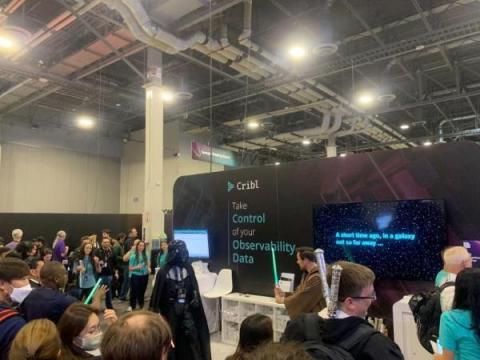Learn How to Streamline Endpoint Data Collection and Send it to Grafana Cloud for Monitoring with Cribl Edge
You’re responsible for administering hundreds to thousands of server endpoints deployed at your company. You receive daily requests from the application teams requiring agents be installed on new servers, from the compliance team tracking agent upgrades and from the operations team concerned logs and metrics are missing from the dashboards they’re monitoring. You review your workload and realize you must log into each individual server for every request you’ve received.



